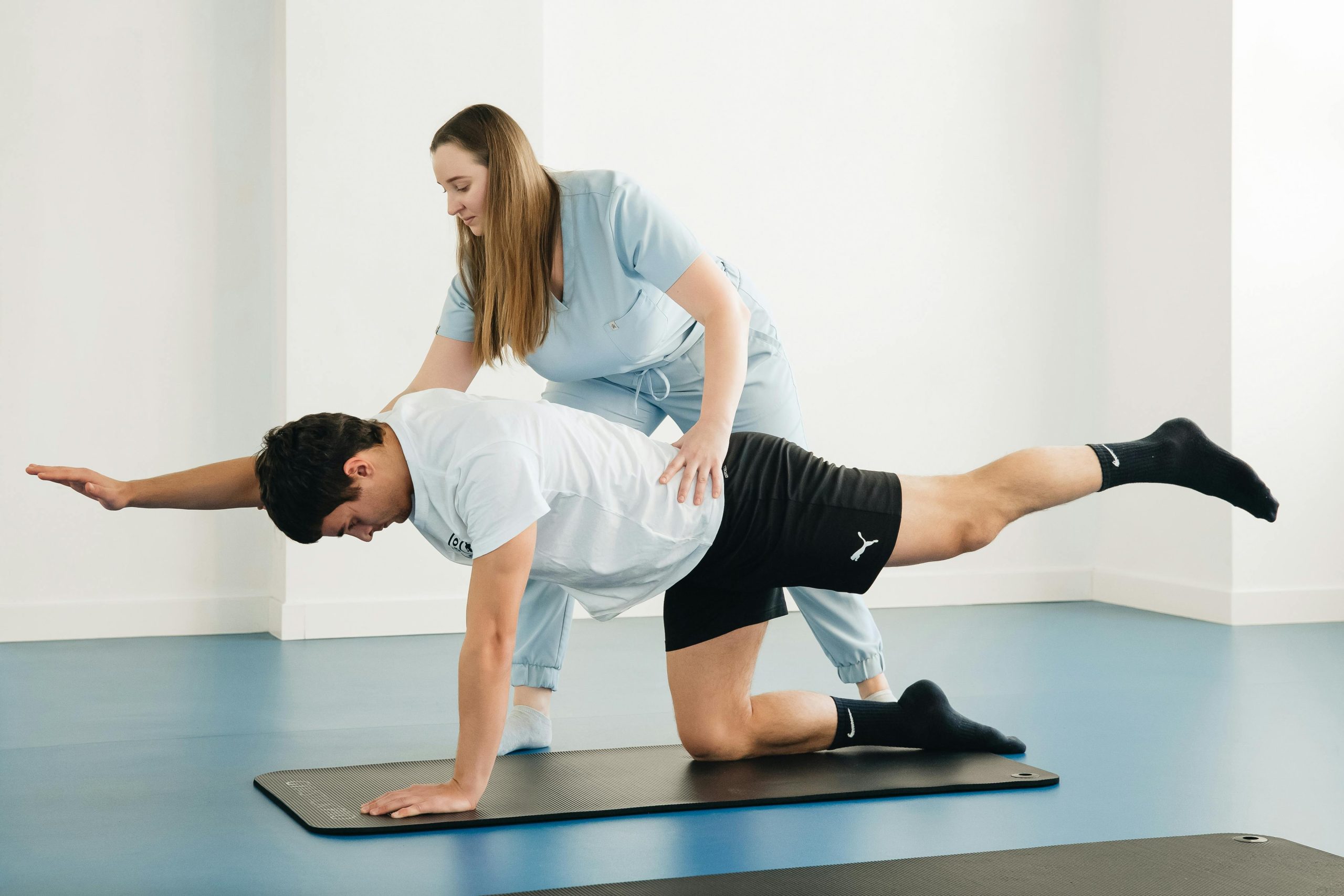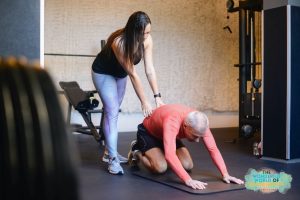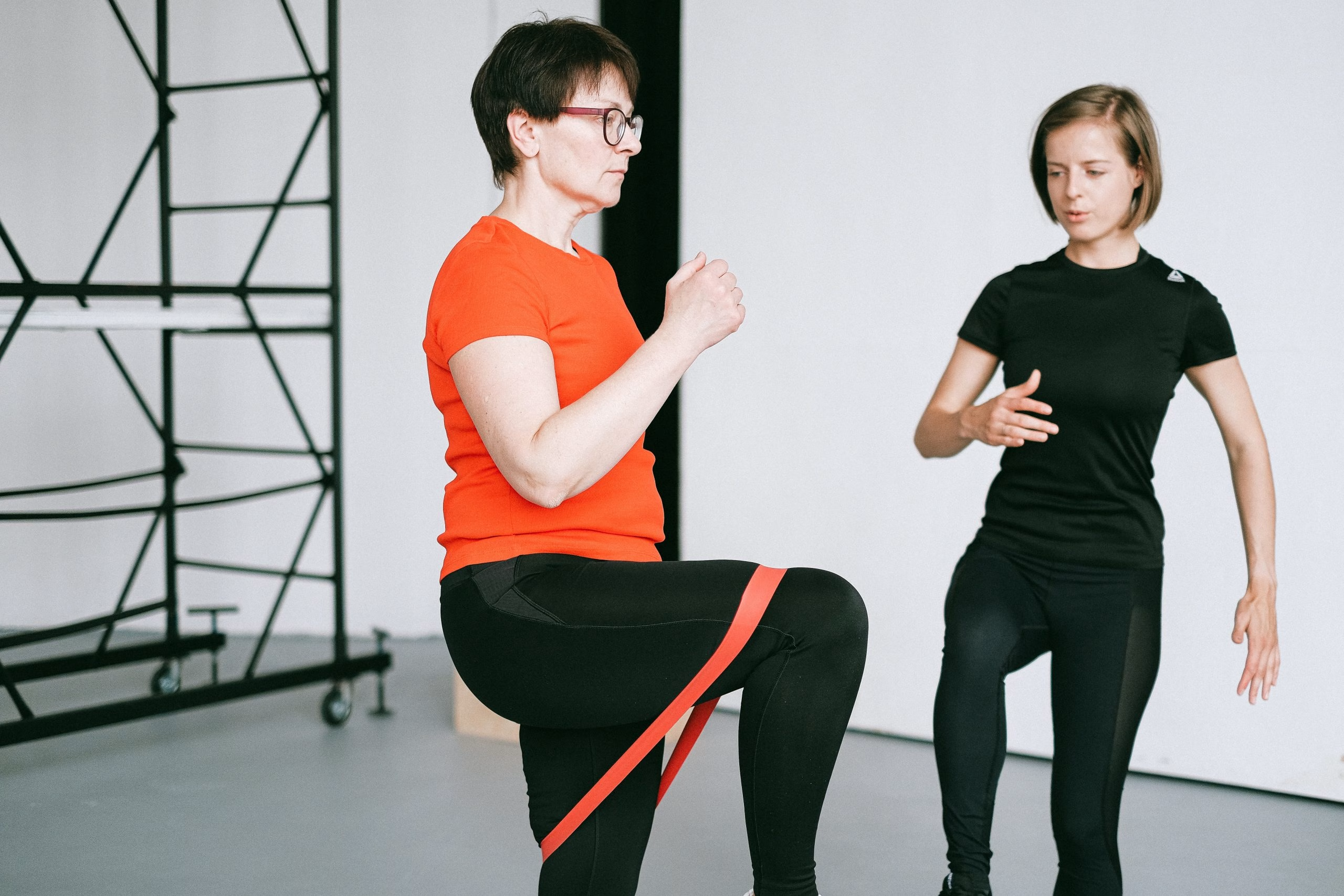




The Engineers of Movement
Every ache, movement, and goal is addressed by the science of biomechanism to design targeted exercises that rebuild strength and mobility
Read
Essential Frequently Asked Questions
Physiotherapy, often called PT in Singapore, is a healthcare profession focused on optimising movement, function, and overall physical wellbeing. Physiotherapists are trained to assess how the body moves, identify biomechanical and physiological issues, and use evidence-based techniques to restore mobility, reduce pain, and prevent further injury. Their expertise covers a wide range of conditions, from sports injuries and post-surgical recovery to chronic pain and age-related mobility challenges.
In fact, physiotherapy is a key part of comprehensive and successful rehab treatment for individuals and the elderly with chronic conditions. This specialised form of healthcare helps improve daily functioning, reduce pain, and improve the overall quality of life. Physiotherapy treatments are tailored to each individual’s needs and strive to actively engage them in their rehab program. For those with chronic conditions, this includes targeted exercises and physical activity along with lifestyle modifications that improve overall health. In addition, multidisciplinary team members such as occupational therapists, dieticians, and social workers ensure all facets of care are covered. So that each individual’s full range of needs is met holistically so they can feel healthier and happier at home.
Physiotherapists are highly qualified and experienced health practitioners, specialising in physical rehabilitation. Sub-specialisations of physiotherapy include sports therapy, which focuses on sports-related injuries and how to recover efficiently. They also cover pre and post-natal care to assist expectant mothers during pregnancies and soon after birth. Another sub-specialisation of physiotherapy is geriatric physiotherapy for elderly patients which helps them with fall prevention, gait re-education, and exercise training for chronic conditions. In addition, a sub-specialisation of physiotherapy is neurorehabilitation. Neurorehabilitation uses special methods to treat various neurological impairments. Also, there is yoga and mindfulness therapy. It is part of a holistic approach to physical activities. Indeed, we have a physiotherapist who incorporates yoga, breathing techniques, meditation, and mindfulness to enhance therapy!
Physiotherapists in Singapore treat a various range of symptoms and conditions, including musculoskeletal injuries, chronic pain, back and neck pain, and movement disorders like cerebral palsy.
Musculoskeletal physiotherapy in Singapore is common. It is an area of focus for physiotherapists in restoring movement and function in patients suffering from injuries related to ergonomics, sports, or accidents. This includes teaching exercises, practicing specific movements, and finding alternative ways to accomplish tasks to promote healing. [7][8][10]
Chronic pain is another condition that physiotherapists will treat. They use a combination of techniques, including manual therapy and therapeutic exercises. These techniques help manage and reduce pain caused by conditions such as arthritis, fibromyalgia, and other musculoskeletal disorders. [8][9]
Back and neck pain are also common impairments that physiotherapists in Singapore assess and treat. They use active physiotherapy techniques, which are effective in addressing spinal problems, to hasten the healing process and minimize inflammation. [9][10]
Physiotherapists also work with patients who have movement disorders, such as cerebral palsy. They may use medications or injections, such as onabotulinumtoxinA (Botox), to manage muscle tightness and improve functional abilities. [1]
Finally, cardiopulmonary physiotherapists, commonly known as chest physios, work on a variety of acute and chronic cardiac and respiratory conditions. These conditions include asthma, acute chest infections, chronic obstructive pulmonary disease (COPD), and cystic fibrosis (CF). Very often, chest physios are involved in the preparation and recovery of patients from major surgery. They use a range of techniques to help restore movement and function in these patients. [6]
Physiotherapists play a hands-on role throughout a patient’s hospital journey in Singapore. In A&E, they assess and treat acute musculoskeletal injuries, provide immediate pain relief, teach safe movement, and may prescribe walking aids—often enabling patients to avoid unnecessary admissions and recover function on the spot. In acute wards, physiotherapists help patients regain mobility after surgery, illness, or stroke through early mobilisation, gait re-education, chest physiotherapy, and strengthening exercises, while also preparing them and their caregivers for the next stage. In community hospitals, the focus shifts to intensive rehabilitation: building strength, balance, and independence for daily living, conducting home environment assessments, and training patients and families on safe transitions. Before discharge, physiotherapists ensure patients are confident and equipped to manage at home, coordinating ongoing outpatient rehab or community services as needed for continued recovery and reintegration into daily life.
In tertiary care beyond the hospital, physiotherapists provide highly targeted rehabilitation tailored to each patient’s needs and environment. At home, they assess mobility within real-life spaces, prescribe practical exercises using household items, and train clients in safe transfers, stair navigation, and fall prevention. In rehabilitation centres equipped with professional gyms, physiotherapists utilise advanced equipment for gait retraining, resistance and balance work, and cardiovascular conditioning, closely monitoring progress and adjusting programmes for optimal recovery. Outdoors in the community, they guide patients through real-world challenges such as uneven pavements, public transport use, and community ambulation, helping clients regain confidence and independence in daily life beyond clinical settings. This integrated approach ensures that therapy is functional, relevant, and directly supports a safe, active return to the community.
Occupational therapy and physiotherapy are often mistaken for one another due to their similar goals of improving health and wellness. The two disciplines, however, possess very different approaches in how they achieve this goal.
Occupational therapy looks at the individual as a whole. It analyses the environment around them to provide tailored treatments structured towards promoting participation and engagement in meaningful activities.
On the other hand, physiotherapy focuses on restoring movement. It targets an individual’s musculoskeletal system with strength relating exercises aimed at treating physical impairments or disabilities.
Utilising both physiotherapy and occupational therapy within a multidisciplinary team is incredibly beneficial when treating chronic conditions of older adults in a home care setting. This allows each therapist to properly address the physical and mental components of long-term treatment plans.
We encourage those affected by chronic conditions or physical decline to explore our comprehensive approach to rehab therapy with our physiotherapists and manage their condition more effectively.
Feel free to Whatsapp us to clarify further.
Why Choose Us
Lifeweavers is a multi-disciplinary therapy team of highly experienced rehabilitation clinicians consisting:
Occupational Therapists
Physiotherapists
Speech Therapists
Hand Therapists
Dieticians
Stretch Therapists
Specialised Massage Therapists
All the rehab therapy specialists you’ll need to assist in every step of the way on their recovery journey.
Discuss With Us
There is no case too simple or complex to approach us for – we are relevant to anyone looking for personalised, high quality, preventive minded healthcare

